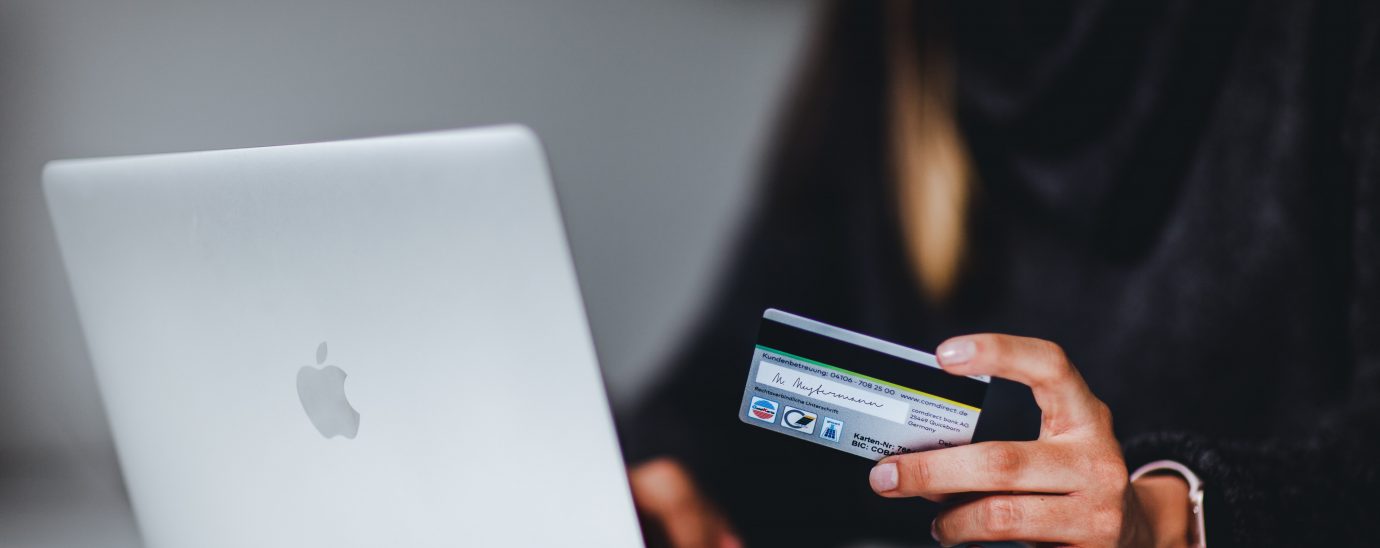Going for growth: e-commerce post-pandemic

There is no doubt that e-commerce was a major beneficiary of the Covic-19 crisis, with the transition to online shopping said to have accelerated by the equivalent of five years. However, with physical stores reopened and lockdown life becoming a thing of the past, the pandemic-induced sales surge is starting to slow. This was seen as Amazon, which experienced furious lockdown growth, reported a quieter second quarter.
For online traders who have thrived during the past year this makes it even more important to ensure retention and growth. Here, Georg Hesse, VP of UK and Germany at Thrasio, one of the fastest-growing acquirers of Amazon third-party FBA brands, explains how online sellers can adapt their offering and remain competitive as consumers return to the High Street.
It was no surprise that the pandemic ignited an online sales boom with national lockdowns seeing consumers in their masses, including those who may not have considered buying online before, become quick to realise just how easy it is. For Amazon, this served to strengthen its positioning as a global powerhouse with profits up as much as 220% during the peak of the pandemic.
Understandably then, with fewer bricks and mortar stores and a more e-commerce-savvy consumer, the consensus was these lockdown shopping habits would stick post-pandemic.
However, the scenario hasn’t been quite as simple. In quarter two, Amazon reported a slowing in sales which, it predicts, will continue into the next few quarters as customers venture outside the home.4 This is seen as consumers continue to embrace the ‘novelty’ of the physical shopping experience and the reopening of cinemas, pubs and restaurants diverts a lot of their monthly spend towards away from e-commerce.
As a result, it becomes more important for online traders to rethink their business and refine their offering in line with the changing dynamic.
While it may sound obvious, begin with the customer journey. Your website is your shop window so make sure it’s as enticing as possible. Hereby, having an attractive, modern, intuitive website can build credibility and can make all the difference in encouraging interaction with your audience.
On that point, a high level of interaction is essential. There are nearly six billion mobile users in the world, so your e-commerce site should be super responsive and mobile-friendly. Also, take a look at your online analytics and check your results. How do customers reach your site, how long do they spend on certain pages and when and how do they convert? Equally as informative, is where the majority of your bounce traffic is coming from, the profile of baskets that are abandoned, places where the journey ends and, of course, the location and any demographic information of your new customers. Comparing all of this data to pre-pandemic times may provide insights into any necessary changes needed to retain core clients while reaching out to your new customer base.
If you’re not already, it could also be worth taking note of the visual commerce trend, as more online traders ditch static product pictures in favour of multi-layered visuals supported with user-generated content and augmented reality for a more powerful experience. Of course, this may come at a cost in terms of outsourcing expertise, but it could pay dividends with benefits that include higher conversion rates and richer data intel.
Remember not to lose sight of your biggest advantage over physical retailers: your ability to quickly modify and expand your brand range. Keeping abreast of economic, social and cultural trends can enable you to continually evolve and meet your customers’ expectations. If your data hasn’t helped to provide a direction, experimentation may be the answer. Simply make your best guess as to which new products to offer and pilot them at a low level, analysing the results as you go. Do, however, be sure to not overplay this approach as some customers value consistency in the companies they buy from and an ever-changing or massively expanded product lineup can actually end up hurting and diluting your brand.
As a final point, it’s worth noting that if your online business has grown exponentially over the pandemic and you’ve already reached your end goal, it may be, rather, that it’s time to sell up. For FBAs, a simple route would be to partner with a specialist acquisition brand, such as Thrasio, who will work alongside you to ensure a lucrative and fuss-free exit.
READ MORE:
- The 7 dictums of a Unified Commerce strategy
- Monoliths vs microservices: why e-commerce brands have a decision to make
- Why you should be thinking about scalable commerce now
- Is your e-commerce business’ growth attracting fraud?
Yes, it is an unprecedented time for the global business market, particularly those trading solely online. But it’s also a hugely opportunistic one. By keeping a finger on the pulse Amazon sellers can look to create standout and cut through as the world’s return to almost normalcy continues.
For more news from Top Business Tech, don’t forget to subscribe to our daily bulletin!
